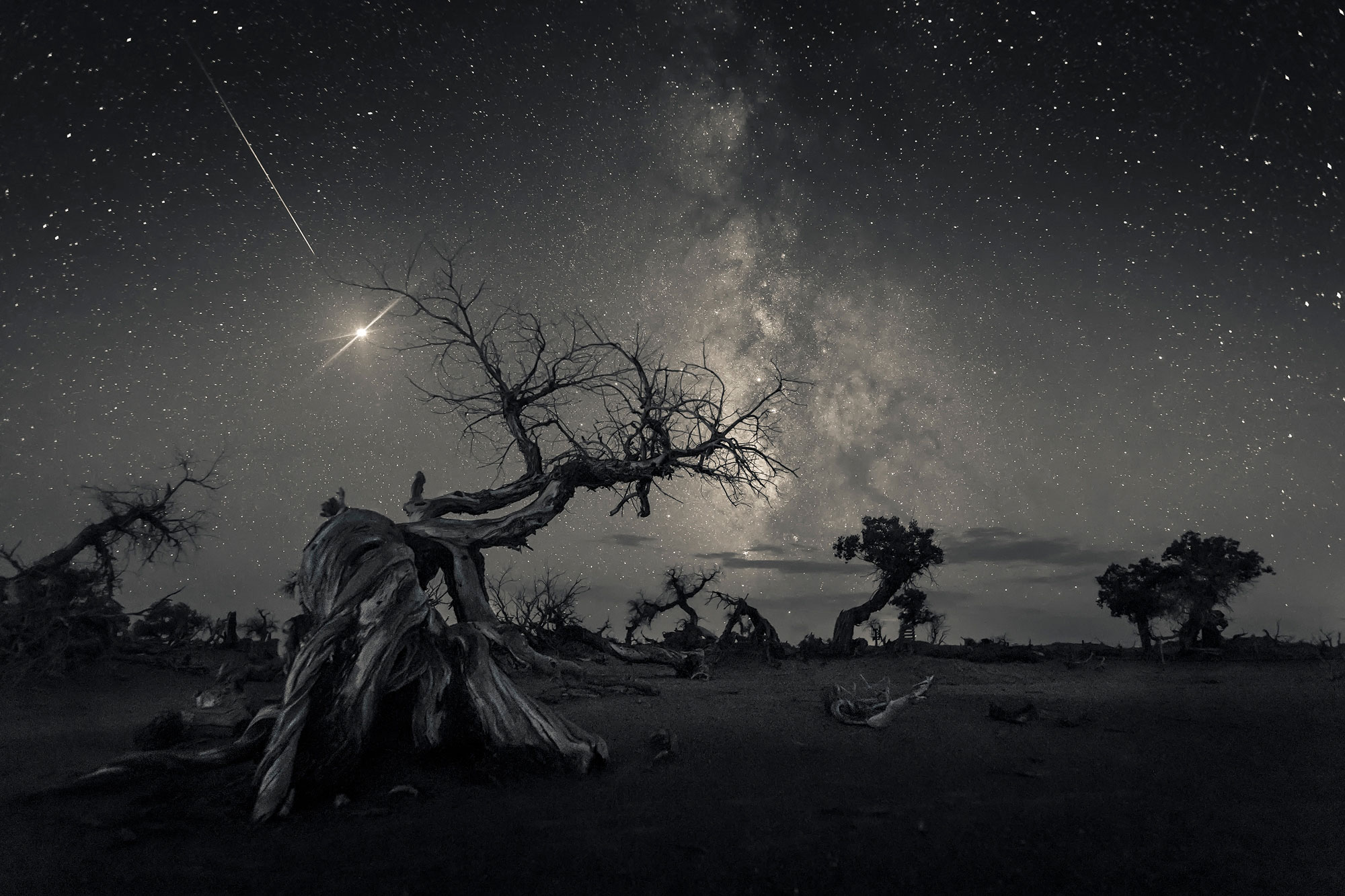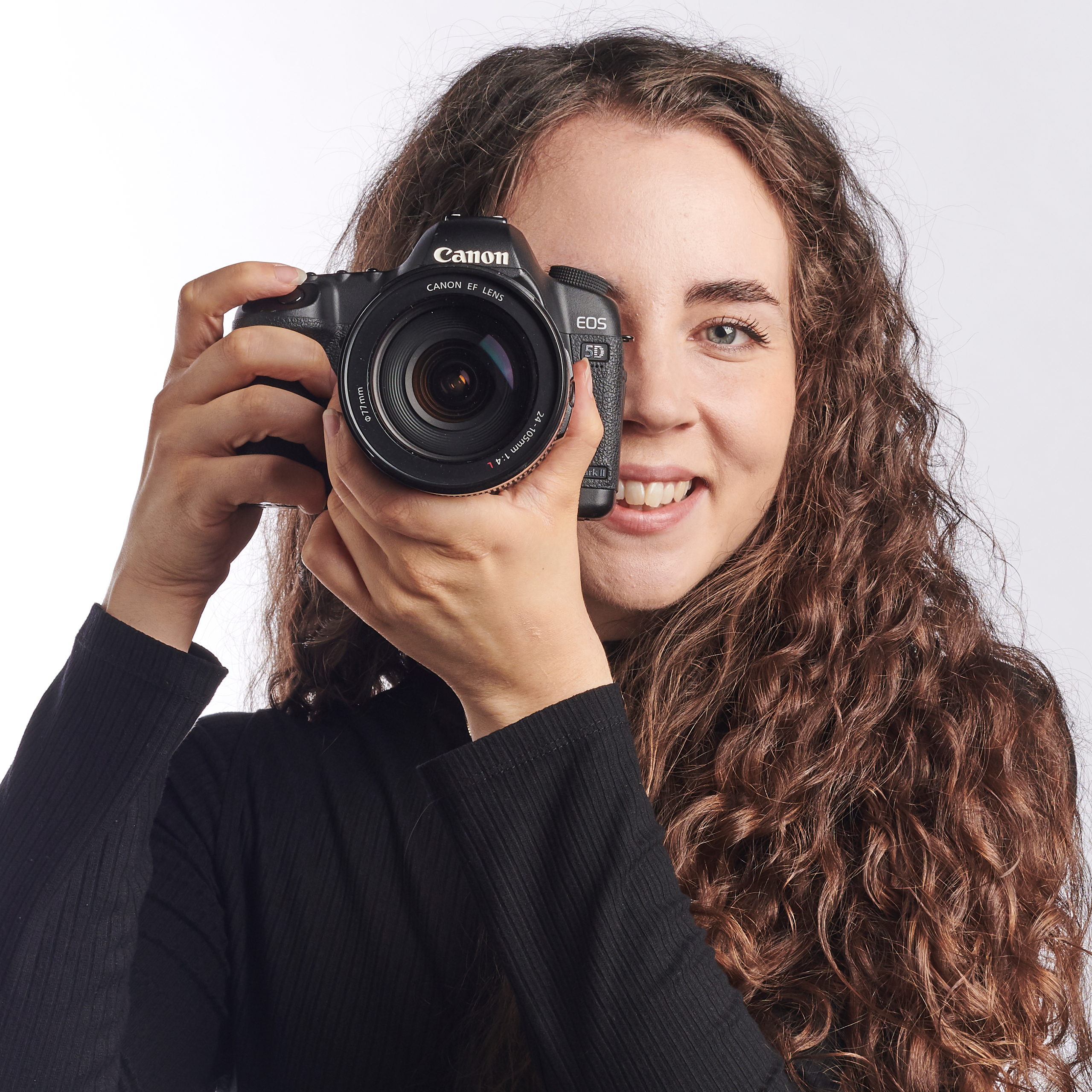Incredible lunar eclipse photo wins Astronomy Photographer of the Year
Here are the winners of the Royal Observatory Greenwich's Insight Investment Astronomy Photographer of the Year 2019

Hungarian photographer László Francsics has won the Royal Observatory Greenwich's title of Insight Investment Astronomy Photographer of the Year 2019 and the top prize of £10,000 with his jaw-dropping photo of the 35 phases of January's lunar eclipse.
Fracsics's image astounded the judges, with judge Ed Robinson saying, "For a single multiple-exposure image to capture this even with such positional precision, creative innovation and beauty is nothing short of masterful. The colors of our atmosphere projected onto the Moon's disc during the eclipse are not only artistically pleasing, but also offer an understanding of such events that can reveal aspects of our own, thin, yet essential part of our atmosphere."
• Read more: Best lenses for astrophotography
Other winning images include a photo of the Rosette Nebula, taken by Young Astronomy Photographer of the Year winner Davy dan der Hoeven. Aged just 11, he built the equipment required for the photo with his father and together they captured images of the Rosette Nebula over three nights in November using different filters.

The Insight Investment Astronomy Photographer of the Year competition is run by the Royal Observatory Greenwich in association with Insight Investment and BBC Sky at Night magazine. In its eleventh year, the competition received a record number of over 4,600 entries from 90 countries around the world.
The images from this years competition, including the winners, runners-up and highly commended of each category and 68 shortlisted photos, will appear in the major special exhibition 'Insight Investment Astronomy Photographer of the Year exhibition at the National Maritime Museum. This will open to the public from 13 September.
You'll also be able to purchase the competition's official book by Collin's for £25, available exclusively at Royal Museums Greenwich shops and online from 13 September and on sale across all bookstores from 7 November.
The best camera deals, reviews, product advice, and unmissable photography news, direct to your inbox!
If you'd like to throw your hat in the ring for the 2020 competition, visit the Royal Observatory Greenwich's website for more information.
In the meantime, discover a selection of the winning images below…






Read more
• Astrophotography tools: the best gear for shooting the night sky
• The best telescopes for astrophotography
• The best CCD cameras for astrophotography
With over a decade of photographic experience, Louise arms Digital Camera World with a wealth of knowledge on photographic technique and know-how – something at which she is so adept that she's delivered workshops for the likes of ITV and Sue Ryder. Louise also brings years of experience as both a web and print journalist, having served as features editor for Practical Photography magazine and contributing photography tutorials and camera analysis to titles including Digital Camera Magazine and Digital Photographer. Louise currently shoots with the Fujifilm X-T200 and the Nikon D800, capturing self-portraits and still life images, and is DCW's ecommerce editor, meaning that she knows good camera, lens and laptop deals when she sees them.

